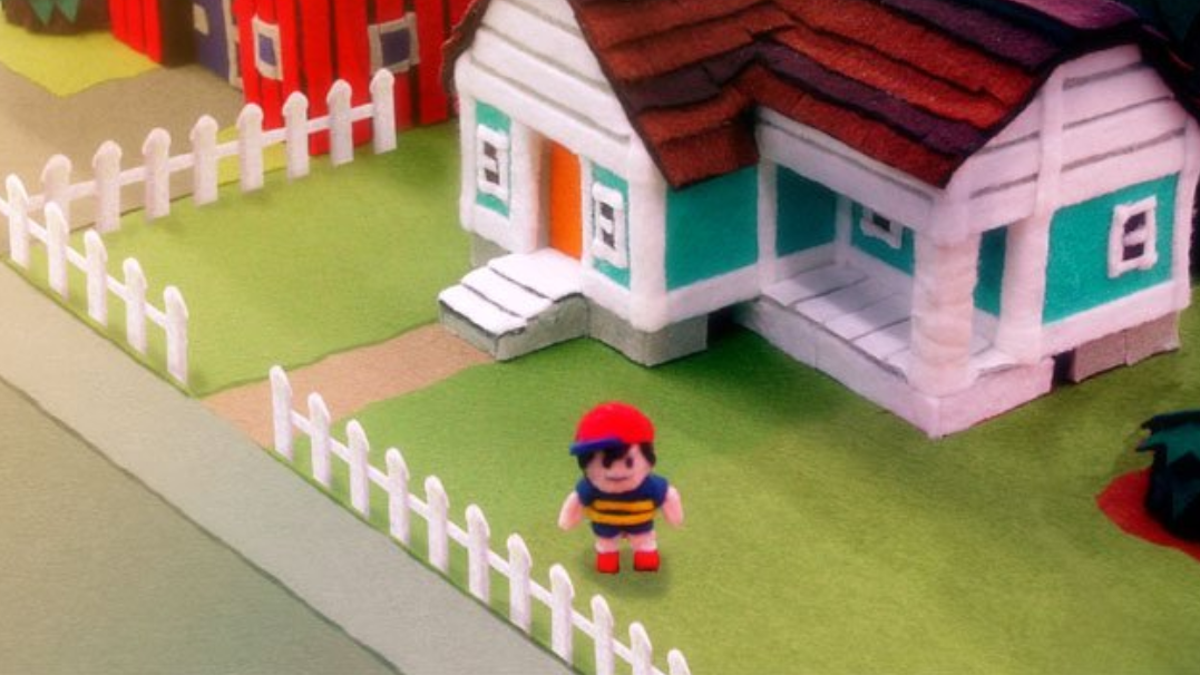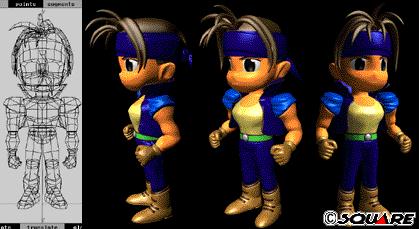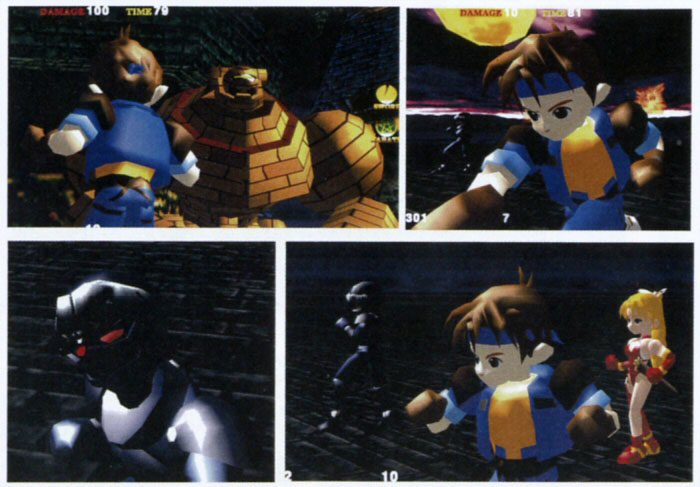I don't got time to read all that, care to highlight the important bits?
Hironobu Sakaguchi: We knew Nintendo 64 and PlayStation were going to be the next hardware generation, and that we’d be developing our next game for one of them. It was similar to when we moved from the Famicom to the Super Famicom. Our first step wasn’t to choose between the two systems, but to focus on learning the Silicon Graphics workstations we had purchased. They were very expensive machines, and we made a demo on them to show people, “This is how Final Fantasy could look in 3D.”
Kazuyuki Hashimoto: Square planned to build a game for the next-gen Nintendo machine, but the [development] kit wasn’t available and the technical [specs kept changing]. So I suggested we could go with a standard environment and we could see what we could do with it. Then later on we could optimize this idea to the small machine. Initially, we could do something with the most powerful environment so we could be more free — free to figure out what we could do in 3D.
Hiroshi Kawai: I kind of had a suspicion that things weren’t going too well for the 64 at that point, because … one of my responsibilities … was to write performance applications that compared how well the 64 fared against the prototype [PlayStation]. And we’d be running parallel comparisons between the [PlayStation] where you’d have a bunch of 2D sprites bouncing off the screen and see how many polygons you could get within a 60th of a second. And even without any kind of texturing or any kind of lighting, it was less than 50% of what you would be able to get out of the [PlayStation]. Of course, the drawback of the [PlayStation] is it didn’t really have a z-buffer, so you’d have these overlapping polygons that you’d have to work around so that you wouldn’t get the shimmering [look]. But on the other hand, there was no way you’d be able to get anything close to what
FF7 was doing [on PlayStation] on the 64 at that time.
There was actually this one trip that [Nintendo] organized for me, [main programmer Ken] Narita-san, a few other lead devs who were working on the battle portion for the
Final Fantasy 6 [Siggraph] demo at that point. … I think Nintendo had been getting signals from Square saying, you know, “Your hardware isn’t up to snuff. Not only in terms of raw 3D performance, but in terms of storage.” And they said, “We’re gonna fabricate this brand new chip,” which was supposed to have a bunch of hardware improvements to get a little bit more performance. Which, my suspicion is they probably just repeated that verbatim from SGI, and I think there was, in general, a disconnect between SGI and Nintendo in terms of what they were expecting the hardware to do. SGI was probably talking more along theoretical lines of what the hardware would be able to do, and they were trying to make it general purpose so that it wasn’t just a 3D rendering machine. But Nintendo had certain specific performance metrics that had to be met, but I don’t think those were communicated well to SGI.
The wires just — they weren’t in sync there. So they sent us down to Mountain View, and I took all that code I was writing for the Shoshinkai to run on the [latest prototype] hardware there. And it didn’t really change in terms of performance.
Hiroshi Kawai: We spent a few days, I remember, optimizing my code, to try to get a few more polygons out, but it didn’t really make much of a difference. And upon returning to Tokyo, there was a meeting with me, Narita-san, Sakaguchi-san and the major stakeholder of Square, Miyamoto-san. And I had never seen [Miyamoto in person before then]. He just comes in. “OK so, how was it?” And I gave a few figures when asked, but Narita-san was the main person who was talking. And he was essentially saying, “We’re just not getting the performance. We’re nowhere near what we did during the Siggraph demo.” Miyamoto-san just silently acknowledged that, and I didn’t hear anything from them until the point when Sakaguchi-san called [the office] together and said, “We’re not doing the 64 anymore.” So yeah. I guess in a sense, I kind of provided the objective data to say that the 64 wasn’t suitable for the next-gen Final Fantasy.
Shinichiro Kajitani: At that time, Square was really close to Nintendo — we were basically like a second party for them. So when their new system was in development, we gave them lots of advice, like, “You’re going to need a CD-ROM drive for it,” “You don’t have enough bandwidth to do what we’re trying to do,” and, “With what you have now, we’re not going to be able to make an RPG.” We gave them lots of advice. But [Nintendo president] Yamauchi-san at Nintendo basically refused to listen to any of it. And that’s when Sakaguchi-san and the management team at Square decided, “OK, we’re going to go with Sony now.”
It is a really fantastic set of interviews, anyone interested even a little in FFVII should read it.















/cdn0.vox-cdn.com/uploads/chorus_asset/file/7225733/Amano_studio_7__1_.0.jpg)